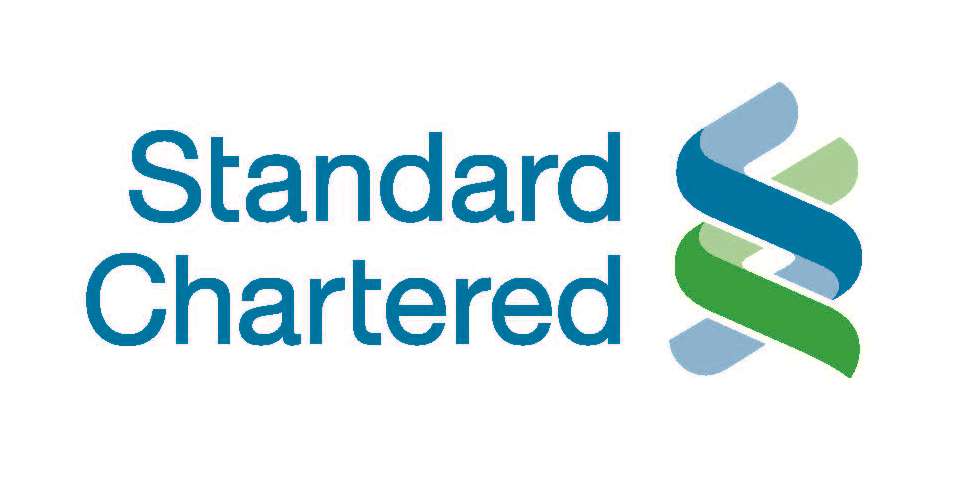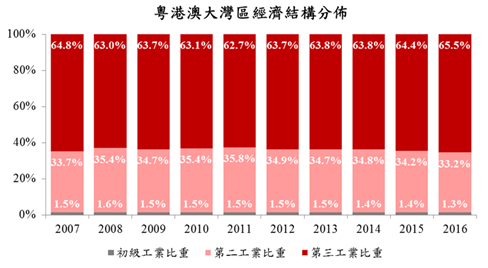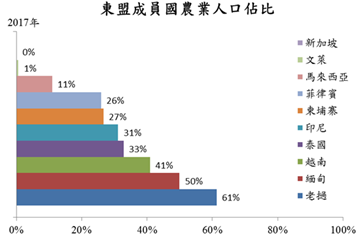As the Belt and Road Initiative moves towards a public-private partnership-centred model and aims to attract more global investment, evaluating, mitigating and allocating risk will be key to project success.
With the most acute connectivity gaps in the developing countries of South and Central Asia (the Belt), and Southeast Asia, the Middle East, and North Africa (the Road), the risks appear especially prominent. Additionally, large infrastructure projects do not always promise a direct return on investment; those that do may have an investment horizon of years or even decades. Not surprisingly, up to 80% of the investment in Belt and Road projects so far has come from government or multilateral organisations, such as the Asian Development Bank (ADB), Asian Infrastructure Investment Bank (AIIB) and the World Bank.
“We need to find ways to mitigate risk to encourage private capital in infrastructure,” observed Eddie Yue, Deputy Chief Executive of the Hong Kong Monetary Authority, at the Belt and Road Summit held this June in Hong Kong.
Many of the risks cited by expert panelists at the Summit—such as political, legal, financial and foreign exchange risk—are common to most cross-border infrastructure projects. As some of the region’s leading infrastructure investors and insurers pointed out, project success rests on assessing and mitigating risks, some of which are country- and industry-specific. Ian Chung, Senior Vice President of engineering firm AECOM, noted that Belt and Road projects can be quite complex, involving many parties; this, along with other factors, such as the relatively long term of investment, exposes some projects to financial risk.
To date, much of the discussion of risk and risk management on the Belt and Road has focused on the many larger, signature infrastructure projects that have characterised the first phase of the Initiative. But looking at the Initiative in its fullest extent, this may turn out to be somewhat narrow in scope. Consider the category of political risk, for example. Political risk means something quite different when applied to a mining project in Pakistan and a deep-sea port construction in Georgia. Pakistan highlights the need for far stronger risk assessment and management at every stage of every project in areas of high political volatility. Georgia, on the other hand, offers a more hopeful perspective on political as well as financial risk along the Belt and Road.
Perhaps with an eye to geopolitical concerns (but through a competitive bidding process), Georgia awarded the contract to plan and build the Anaklia Deep Water Black Sea Port to a US-backed consortium. Yet, Georgia, having recently signed a free trade agreement with Hong Kong, has all along defined the port project as a potentially important connector for Chinese trade with Europe. Along with several other major Belt and Road infrastructure projects in the Central Asia/Eastern European region, Anaklia sends a strong message that the Initiative is ultimately about extending cooperation and connectivity to any partner willing to embrace the vision.
Georgia is one of the several transitional economies along the Belt and Road with a similar risk profile. In the next phase of Belt and Road development, we can expect to see more projects based in these countries (whether in Central Asia, ASEAN, the Middle East or Eastern Europe) backed by both government and private capital, with multiparty participation in planning, finance, construction and operation.
In the difficult terrain of Pakistan and the more business-friendly confines of Georgia alike, reducing exposure, managing and sharing risk are equally important to the success of Belt and Road projects. The question, then, is where will the necessary expertise come from?
To begin with, Belt and Road project contractors and funders must be proactive about risk management. This begins with assessment, often requiring a close-up evaluation of local conditions and practices, with particular attention to legal, compliance and political risks—the so-called “preventable risk.” However, as Hannah Ha, Partner at Mayer Brown, emphasised in her remarks at the Belt and Road Summit, Chinese companies might not necessarily be familiar with local laws and cultures, which can leave them exposed in multiple areas when operating abroad.
It’s not that Chinese companies lack risk awareness: a 2016 Deloitte survey of Chinese state-owned enterprises (SOEs) found that Chinese SOEs identified “risk control” as one of the top three challenges they face in overseas environments. Rather, Chinese business culture has traditionally treated risk management more as a function of personal networks and connections, and are now looking to the insurance industry to provide the requisite professional expertise. Chinese insurers, in turn, are responding to this demand, and are working to develop the sorts of sophisticated loss prevention and compensation products that Belt and Road projects require.
“Insurance companies will look at risk in a different way than a construction company would look at risk,” noted Liu Shihong, Vice Chairman and Chief Executive Officer of Taiping Reinsurance Company Ltd. Insurers will look at multiple categories of risk, and have the tools and experience newcomer companies lack to devise appropriate management and mitigation strategies.
Insurance industry experts who spoke at the Summit felt that the Initiative holds considerable long-term revenue potential. Elsewhere, UK and Chinese insurers have been in discussion on closer cooperation on the Belt and Road while ASEAN insurers are actively exploring ways to tap new Belt and Road opportunities. Overall, Swiss Re estimates that the Initiative, directly and indirectly, “could generate up to US$23 billion in commercial insurance premiums by 2030,” as cited by Bryce Johns, Group Head of Insurance at HSBC, at a recent Belt and Road Initiative insurance conference in Singapore.
Speakers at the Hong Kong Belt and Road Summit agreed, however, that this potential remains largely untapped. Franz-Josef Hahn, Chief Executive Officer of Peak Re, suggested that this owes partly to low levels of collaboration across the region that stems the flow of analysable data. With deeper knowledge of conditions, insurers would be better able to offset risk exposure.
For infrastructure projects, he added, “Belt and Road stakeholders should be aware that once a project is completed there are also operational risks.” Revenue shortfalls, foreign exchange restrictions, expropriation and other political risks, even environmental issues can all affect returns. Hahn added that the expertise available in Hong Kong could save clients time, costs and reputation.
Since even the most thorough due diligence and the most expert risk assessment cannot anticipate all contingencies, there is an acute need for insurance and risk allocation that take account of local conditions and business structure—especially in the case of public-private partnerships for Belt and Road projects. Companies and partners need to be aware of what is and is not covered; for example, Zurich Insurance Company Ltd is involved with infrastructure projects, and insures political and credit risk, inability to perform, and other risk categories in emerging markets. Notably, Zurich and other insurers do not always cover dispute risk. But given the great number, scale and variety of projects on the Belt and Road, disputes will happen. Preparing for the possibility of arbitration should be baked into the risk management strategy of every project. According to Vincent Connor, Partner, Pinsent Masons, a dispute resolution clause must be a priority for any contract and, he emphasised, “The best seat for resolution is Hong Kong.”
There are also notable advantages to setting up a captive insurer in Hong Kong, due to its open economy and deep pool of expertise. A captive insurer can be structured to allocate risk among subsidiaries and associates, which would be particularly useful for complex Belt and Road projects with unique sets of risks. Andrew Chow, Chief Risk Officer at Sinopec Insurance Ltd pointed to captive insurers as being an ideal choice for mainland SOEs and other large organisations.
The Belt and Road countries run the gamut of economic development. And while infrastructure connectivity is only one of the five cooperation priorities, it remains the core building block of the Belt and Road Initiative, with an expected US$5 trillion to be invested by 2030. To develop bankable projects that can attract private capital, risks should be better assessed and managed. Understanding and operating in this complex environment requires experience, well-tested practices, but also creative and flexible approaches. The Belt and Road Initiative is, increasingly, an appealing target for many categories of investors. Belt and Road projects and investors would do well to seek the help of risk management professionals—consultants, insurers, legal dispute resolution experts and others—to help them navigate through the hazards and reap the rewards.
Avron Boretz, Kaya Consulting International
Click here for more event highlights and speaker insights from the Belt and Road Summit held in Hong Kong on 28 June 2018.






